



When selecting your ideal cleaning device, consider a model with a power range of 1300 to 3000 PSI for residential tasks. For lighter jobs like washing cars, an electric option around 1500 PSI suffices, while tougher challenges like stripping paint may require a gas-powered unit in the 2500-3000 PSI range.
Focus on flow rate as well; a range of 1.5 to 2.5 GPM offers adequate water pressure and efficiency for most home applications. For larger areas like driveways or decks, a unit with a flow rate of up to 3 GPM can significantly reduce cleaning time.
Furthermore, consider the accessories included with the machine. Nozzles vary in spray angles: a 0-degree nozzle provides forceful jets for tough grime, whereas a 40-degree nozzle disperses water widely for delicate surfaces. Having a variety of attachments leads to improved efficiency across various tasks.
Evaluate electric versus gas models based on your cleaning habits. Electric units are usually quieter, lighter, and require less maintenance. Gas-powered machines, however, excel in power and mobility, making them suitable for extensive outdoor chores.
Select a device that complements your specific cleaning tasks, ensuring it aligns with your frequency of use and storage capacity. Properly assessing these factors will lead to a more satisfying cleaning experience.
Choosing the Right Cleaning Equipment for Your Needs
For most residential applications, an electric model between 1200 and 2000 PSI is ideal. This range provides enough power for typical tasks such as cleaning patios, vehicles, and garden furniture without causing damage. If you have larger areas or tougher stains, consider a gas-powered option, usually between 2500 and 3000 PSI. This will handle heavy-duty jobs like removing oil spills from driveways or deep cleaning siding.
Also, evaluate the water flow rate, measured in Gallons Per Minute (GPM). A unit with a higher GPM will clean faster and more thoroughly. Aim for at least 1.5 GPM for average household tasks, while more intense jobs may require 2.5 GPM or higher.
Portability matters too. If mobility is a priority, look for lightweight electric models or gas units with wheels designed for easy transport. Heavier models may be suitable for stationary tasks but can be cumbersome if you need to move around a lot.
Finally, consider the accessories and attachments included. Nozzles with different spray patterns can greatly enhance versatility, while brushes and detergent tanks simplify various cleaning tasks. Assess whether the equipment includes these features or if you’ll need to purchase them separately.
Understanding the Different Options for High-Pressure Cleaners
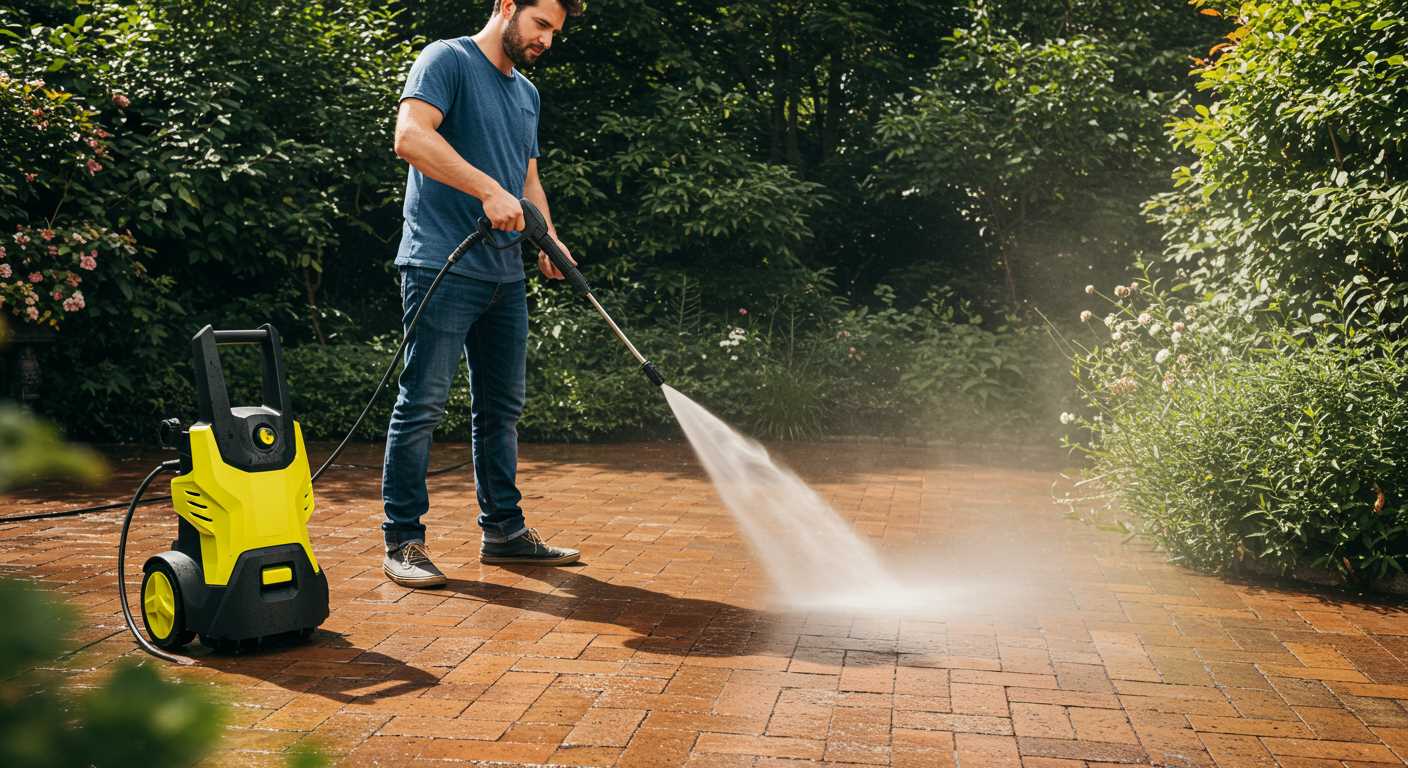
Choosing a high-pressure cleaning device hinges largely on its power source and intended applications. Combustion engines provide portability and higher PSI, ideal for professional use, while electric models offer convenience with lower maintenance. For small residential tasks, electric devices are often sufficient. In contrast, gas-powered units handle heavier jobs, such as cleaning driveways, decks, and vehicles.
Electric Machines
Electric machines typically operate at lower PSI levels, ranging from 1300 to 2000 PSI. These units are suitable for tasks like washing patios, sidewalks, and light vehicles. They are quieter, lighter, and easier to store, making them excellent for home use. The trade-off is less power, which may necessitate multiple passes over tough stains.
Gas-Powered Units
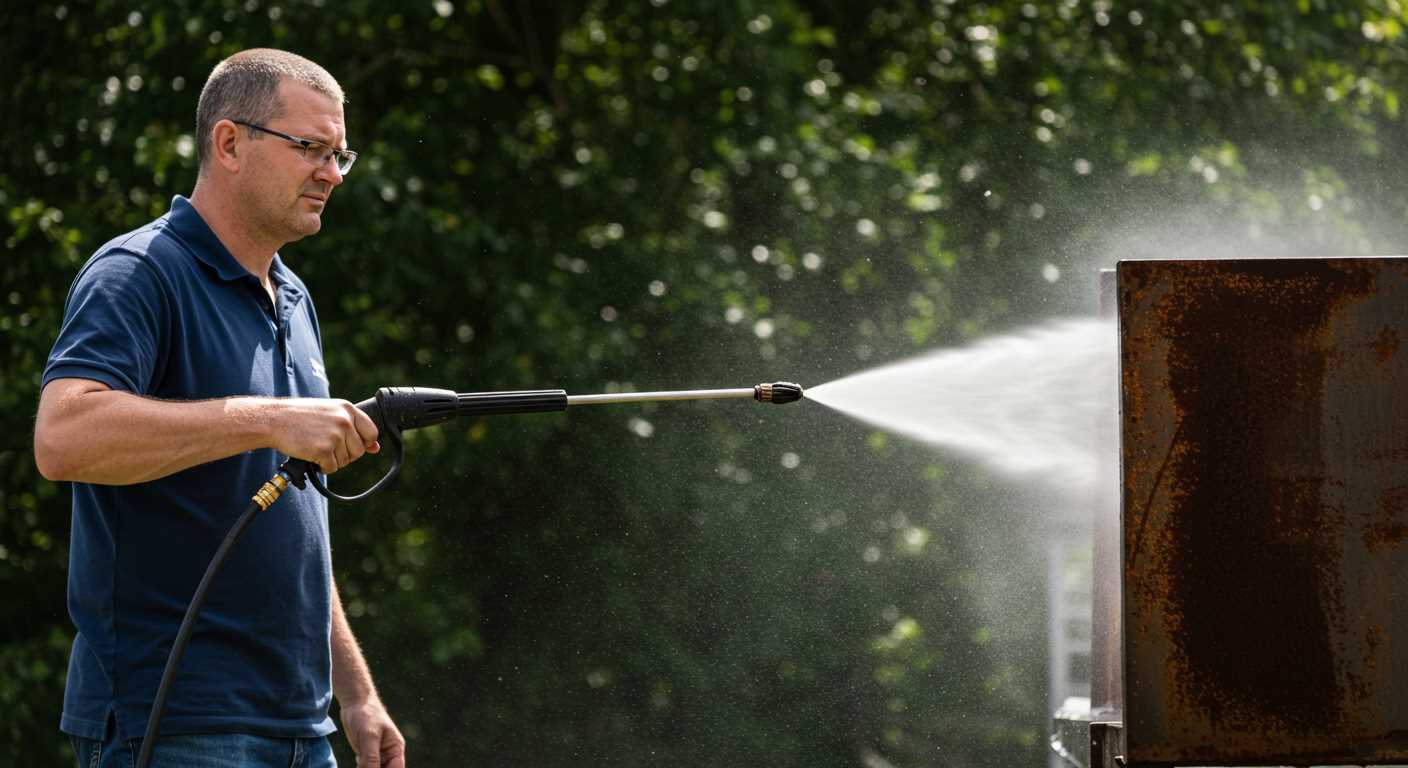
Gas-powered clean machines generally range from 2000 to 4000 PSI, offering the ability to tackle more demanding projects. Their robust engines can handle grime on driveways, siding, and even industrial equipment. However, these units are larger and require more maintenance, including regular checks on oil levels and spark plugs.
Choosing the Right PSI for Your Cleaning Tasks
For optimal performance during your cleaning projects, focus on selecting the correct PSI (pounds per square inch). Here’s a breakdown of recommended PSI levels for various tasks:
Recommended PSI Levels
| Cleaning Task | Recommended PSI |
|---|---|
| Light Cleaning (patios, decks) | 1300 – 1900 |
| Medium Cleaning (cars, bikes) | 1900 – 2300 |
| Heavy Cleaning (driveways, concrete) | 2300 – 3000 |
| Industrial Cleaning (buildings, heavy machinery) | 3000+ |
Always match the PSI to the surface being cleaned. For delicate surfaces like wood, stick to the lower end of the scale to avoid damage. Conversely, for tougher grime or stains on concrete, a higher PSI is beneficial. This ensures not only cleaner surfaces but also prolongs the life of your equipment.
Consider that many models offer adjustable settings. This flexibility allows you to fine-tune the output, which can be particularly useful when switching tasks. Remember, an overly powerful output can strip paint or cause other unwanted damage, so choose wisely based on the material you’re working with.
Understanding the minimum and maximum PSI ranges helps prevent unintentional harm and ensures efficiency. It’s important to assess your cleaning needs before selecting the right unit, as using the correct pressure enhances both your effectiveness and satisfaction with the task at hand.
Determining the Necessary GPM for Your Projects
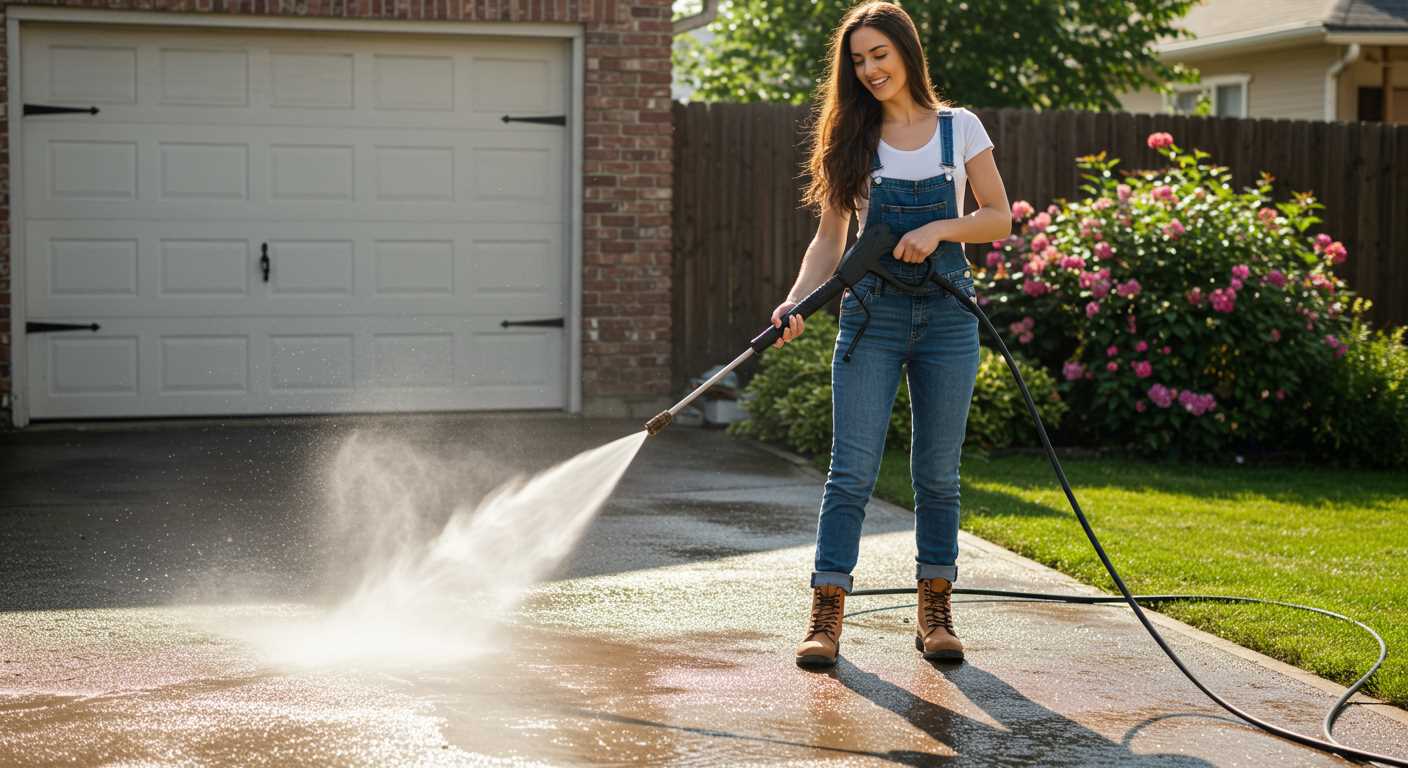
To effectively tackle your cleaning tasks, focus on selecting a model with the right gallons per minute (GPM) rating. For light jobs, such as washing cars or patios, a unit with a GPM of 1.5 to 2.0 is typically sufficient. This range provides adequate water flow for effective dirt removal without causing damage to delicate surfaces.
Moderate to Heavy-Duty Cleaning
For more challenging projects like home exteriors or driveways, opt for devices with a GPM of 2.0 to 3.0. This level accelerates the cleaning process and ensures stubborn stains are addressed efficiently. If your tasks involve heavy grease or industrial surfaces, consider models exceeding 3.0 GPM. Such options deliver a robust flow that enhances the cleaning capability, making them appropriate for demanding environments.
Balancing GPM and PSI
Remember, GPM should be balanced with pounds per square inch (PSI). A high GPM with low PSI may not provide the pressure required for tough grime, while a low GPM with high PSI can risk surface damage. Identifying the right combination based on your specific cleaning needs is paramount for achieving optimal results.
Electric vs. Gas Models: Which to Choose?
If you require a unit for light to medium tasks, I recommend opting for an electric model. These machines are quieter, easier to maintain, and typically require less setup. With power ratings commonly between 1300 to 2000 PSI, they are perfect for washing cars, patios, and garden furniture. Their portable nature allows for easy manoeuvrability around smaller properties.
For more demanding applications or extensive areas, consider investing in a gas option. These units generally deliver higher pressure ratings, often exceeding 3000 PSI, making them suitable for tackling heavy-duty jobs such as cleaning stubborn grime on driveways or large surfaces like decks. The increased power translates to more thorough cleaning, allowing you to finish tasks more efficiently.
Another factor is convenience. Electric versions simply plug into a standard outlet, eliminating the hassle of fuel and starting mechanisms. In contrast, gas-powered variations provide greater freedom of movement without the limitations of cords, but you will need to manage fuel levels and perform occasional maintenance to ensure optimal performance.
In my experience, the choice largely depends on the scope of the cleaning required. Regular light usage leans towards electric, while significant projects justify the investment in gas-powered machines for their robust capabilities. Thus, evaluate your cleaning tasks and select accordingly.
Identifying the Best Nozzle Types for Various Surfaces
For effective cleaning, selecting the correct nozzle can significantly enhance results based on the surface being treated. Here’s a breakdown of various nozzle options and their ideal applications.
General Purpose and Light Cleaning
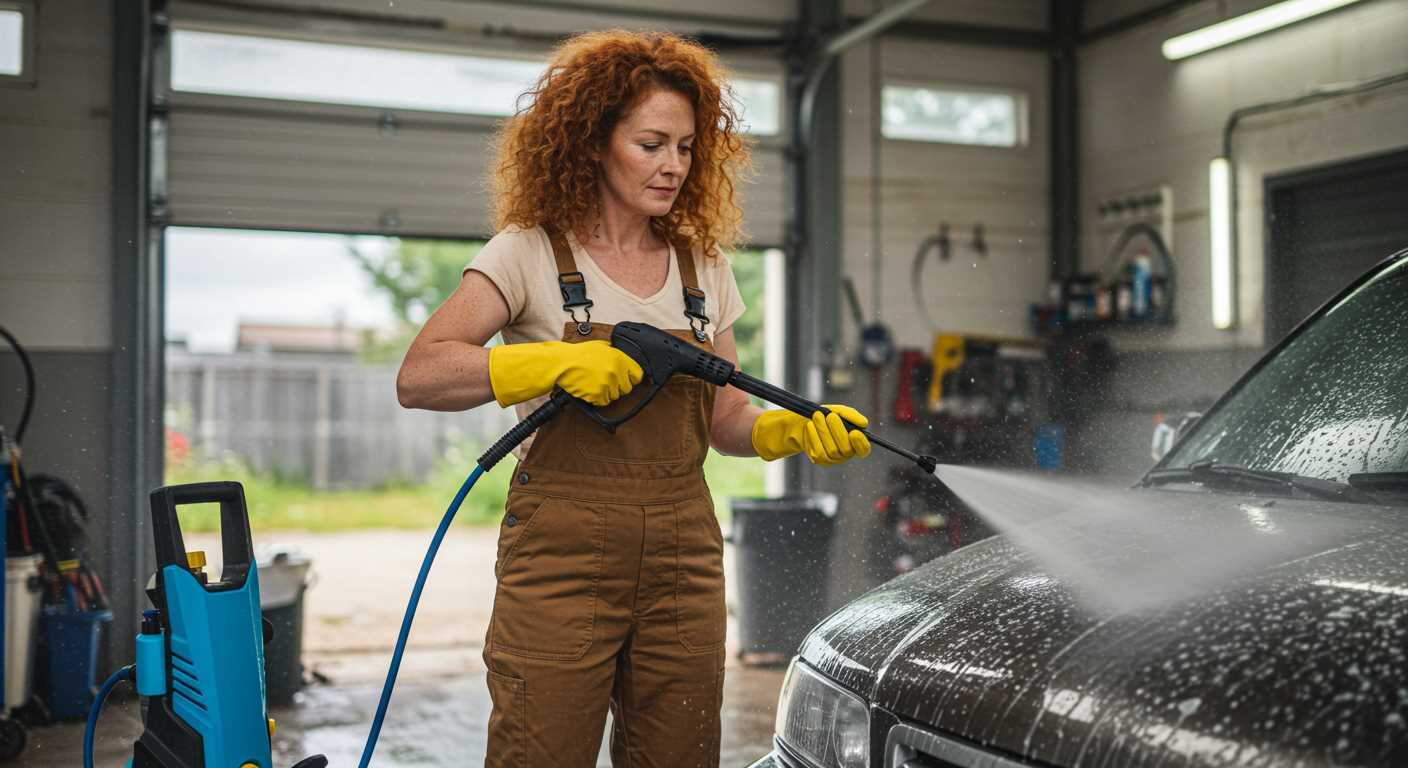
The 25-degree nozzle is often the most versatile, suitable for tasks such as washing patios, decks, and vehicles. Its moderate spray angle offers a balance between pressure and coverage, making it ideal for removing dirt without damaging surfaces.
Heavy-Duty and Stubborn Stains
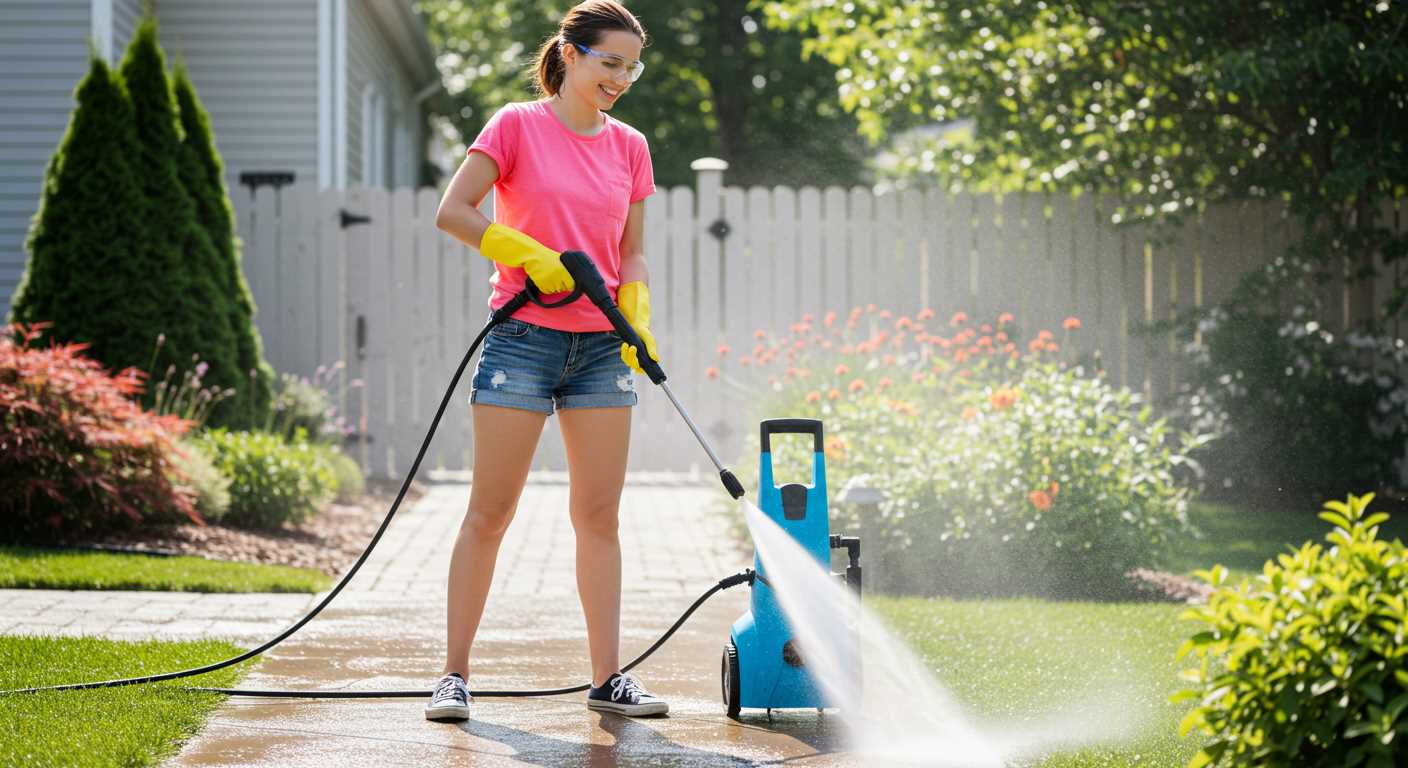
For tougher stains and more robust cleaning tasks, the 0-degree nozzle delivers a concentrated stream of water. This option is perfect for removing grime from concrete surfaces, driveways, and industrial equipment. However, exercise caution, as the high pressure can damage softer materials.
The 40-degree nozzle is best for delicate surfaces, like windows and painted exteriors. Its wide spray reduces pressure, making it less likely to cause harm while still effectively lifting dirt. Using the right nozzle for specific surfaces ensures optimal performance and protects materials from potential damage.
Portability and Storage Options
For optimal convenience, select models that are lightweight and equipped with sturdy wheels. This ensures easy transportation around your property without straining your back.
Key Features to Enhance Portability
- Weight: Aim for units under 30 kg if you frequently move it. Lighter machines are easier to transport.
- Wheels: Look for larger, robust wheels. They provide stability and make manoeuvring over uneven surfaces simpler.
- Handle: A telescoping or foldable handle is beneficial for reducing the overall size for transport and storage.
Storage Solutions
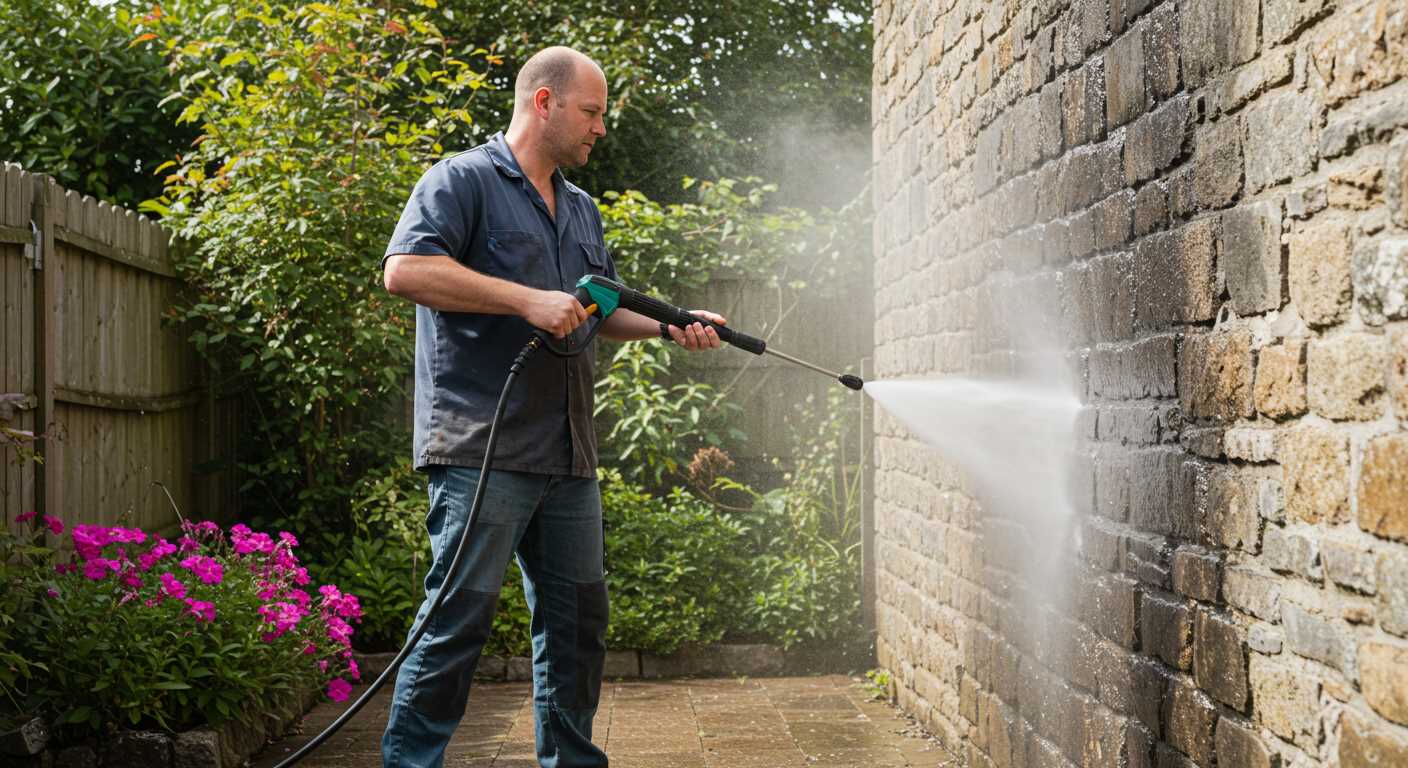
Efficient storage is just as important as mobility. Consider options with integrated onboard storage for accessories, such as hoses, nozzles, and power cords. This keeps everything organised and easily accessible.
- Compact Design: Choose compact models that can fit into tight spaces, like closets or shelves.
- Hangable Models: Some units come with wall mounts. This saves floor space while keeping your equipment secure.
Before making a decision, evaluate the available space in your garage or shed. Ensuring that your chosen cleaner fits comfortably will make your maintenance tasks smoother and more enjoyable.
Evaluating Additional Features for Enhanced Functionality
Consider models equipped with adjustable pressure settings; this allows for versatility across various cleaning tasks. I recommend looking for options that deliver a range of PSI, accommodating everything from delicate surfaces to heavy-duty grime removal.
- Built-in Detergent Tanks: A crucial feature for many users. Integrated tanks simplify the application of cleaning solutions, making it efficient to switch between tasks without the hassle of additional equipment.
- Quick-Connect Hose Systems: Saving time during setup and takedown is invaluable. Quick-connect features enhance user experience, allowing swift changes between nozzles and hoses.
- Variable Spray Nozzles: Having multiple nozzle options enables tailored cleaning. Select units that come with fan, narrow, and rotating nozzles for optimal performance across surface types.
- Long Power Cords: Ensuring reach during use can significantly ease your workload. Look for machines with extended cords to reduce the need for power adapters or extensions.
- Wheels & Handles: Portability enhances usability, especially for larger projects. Opt for models with durable wheels and ergonomic handles for easy manoeuvring.
- Noise Level: If you’re sensitive to sound, check the decibel ratings. Quieter machines can be a considerable advantage for residential areas.
- Storage Features: Integrated storage for hoses, nozzles, and other accessories encourages organised usage and prevents clutter.
By focusing on these features, you can significantly enhance the functionality of your cleaning kit, making it more efficient and user-friendly. Explore models that offer the best blend of capabilities to meet your cleaning demands today.
FAQ:
What are the main types of pressure washers available?
There are generally three main types of pressure washers: electric, petrol (or gas), and hot water models. Electric pressure washers are ideal for light to medium tasks, such as cleaning patios, cars, and outdoor furniture. They are quieter and require less maintenance. Petrol pressure washers are more powerful and suitable for heavy-duty tasks, such as cleaning large areas and removing tough stains. They can operate in remote locations without needing an electrical outlet. Hot water pressure washers are designed for industrial use and can remove grease and grime more effectively than cold water models, making them suitable for equipment cleaning and certain types of construction cleaning.
How do I choose the right pressure washer for my cleaning needs?
Choosing the right pressure washer depends on the nature of the tasks you plan to undertake. For occasional home use, an electric pressure washer with a PSI (pounds per square inch) rating between 1300 and 2000 will likely suffice for tasks like cleaning your car or patio. If you have heavier jobs, consider a petrol pressure washer with a PSI of 2500 or more for effective deep cleaning. Think about the attachments you may need as well, such as foam cannons for car washing or surface cleaners for large flat areas. It’s advisable to also check the flow rate, measured in GPM (gallons per minute), as higher GPM means faster cleaning.
What PSI and GPM should I look for in a pressure washer?
The PSI and GPM ratings are important indicators of a pressure washer’s cleaning power. PSI measures the pressure of the water output, while GPM indicates the volume of water used. For most household cleaning tasks, a pressure washer with at least 1500 PSI and 1.2 GPM is generally effective. However, for tougher jobs such as stripping paint or cleaning concrete, look for models with 3000 PSI and 2.5 GPM or more. Remember that high PSI isn’t always better; the right balance of PSI and GPM is crucial for achieving optimal cleaning without damaging surfaces.
Are there any safety tips I should follow when using a pressure washer?
Yes, safety is paramount when using a pressure washer. Always wear protective gear, including goggles, gloves, and closed-toe shoes, to shield yourself from flying debris and chemical splashes. Ensure you read the manufacturer’s instructions before use and maintain a safe distance from the surface you are cleaning; typically, around 2 feet is recommended. Be cautious of the power cord if using an electric model, and avoid operating near water sources to prevent electrical hazards. It’s also important to keep children and pets at a safe distance while operating the machine.








